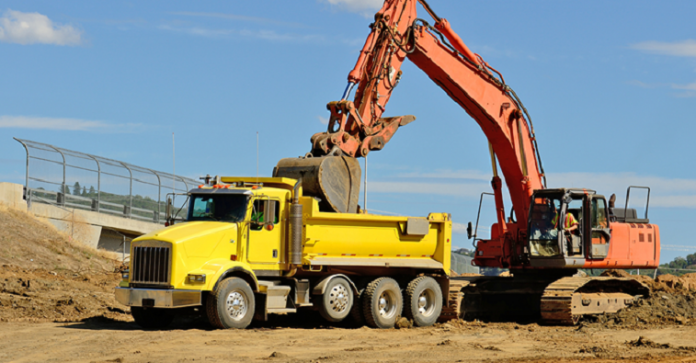Construction is a cost-orientated industry with the primary mode of supplier selection always geared towards the lowest material or service cost involved in the process. Construction cost estimates usually involve overheads, vendor profits, labour and wastage are consolidated into the cost of the materials. Consequently, a significant proportion of costs are allocated to purchases and transportation from the source to the point of consumption.
It is estimated that nearly 65% of a construction project budget is geared towards procurement process and a huge part of that is taken up by transportation and logistics. Planning a long supply chain requires proper scrutiny of all channels in terms of time and costs.
On-time delivery of materials is complicated includes proper planning of every facet of delivery, especially the transportation stage. Off-site transportation does account for 10 to 20% of project expenditure but not many studies are devoted to improving the efficiency of current practices.
With respect to actual data on the shipment of all kinds of construction materials, the transportation system has to be optimized considering trade-offs in costs within the transport systems including cranes, pulleys and other vehicles, inventory management, and production. Visit website to know more about this.
Here are some approaches and factors that need to be considered to improve efficiency in transport in the construction industry:
- Building Information Modelling (BIM) and Geographic Information Systems (GIS) go a long way to manage construction material supply chain thus reducing inbound and outbound transportation costs. The model finds an optimum way of supply chain transport to the construction site, managing the order quantity, transportation methods, and the costs.
- To analyse transportation, one should understand that there is a relationship between cost and time. Transportation time assessment can lead to cost assessment and thus result in the best option for the shipment of goods. By using time as a criterion, one can evaluate companies and how well they have managed to ship the goods. Access adequate information about the process and it will help. Using time measures for feedback and enhanced performance of project material delivery process would have a greater chance to be realized.
- The cost of inventory accounts for a considerable part of material handling costs. Therefore, reducing the costs of inventory using the latest ideas like just-in-time inventory approach is a given. Successful implementation of such methods to reduce inventory duration requires precise planning of transportation
- Space limitations on the site could prompt managers to postpone delivery of materials until they need them. In such cases, tracking goods delivery and transport management is quite important. This could happen in several offshore projects or in congestive construction projects too. When the supply chain of material gets delayed, alternative modes of transport are evaluated to boost delivery timings thus adding to the overall cost of inventory.
- In terms of a tight schedule, those with fixed finish date, every activity including transportation need to be scheduled aligned with it. To outline material delivery milestones, managers opt for pro-rata allocation of shipment based on the duration of the shipment. If some items need more manufacturing time than the others, the transport factor is also stretched!
- Trade terms for delivery between supplier and contractors involve transfer risks to suppliers generally since they are more experienced in material handling than the contractors. When contractors are made responsible for transportation, the mode of delivery is selected based on the cost factor and with a personal judgment of the right logistics team. Some circumstances could prompt the management to change delivery mode without much planning involved. Here, the pricing factor could go for a toss and prompt delivery within a stipulated timeline will take precedence.

